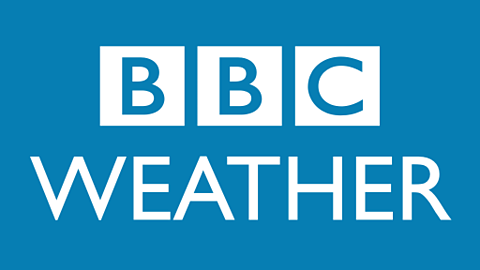Snow season is upon us, and that can only mean one thing in the UK: travel chaos, right?
We're seldom sufficiently prepared in the UK because, we're often told, it simply doesn't snow enough. But grinding to a halt due to dropping temperatures seems to now be an annual event in the UK.
So, what lessons can we learn from snowy nations around the world that might help us cope better?
Sweden
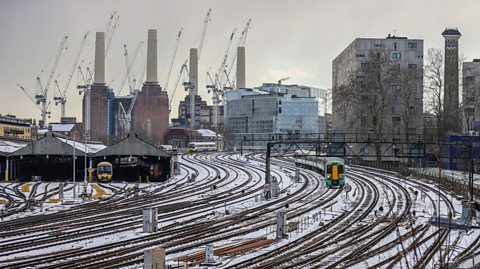
Trains in the UK are unreliable enough at the best of times, but when it snows, cancellations anger thousands of commuters. We’re not alone in this - the French regional network has been known to shut down entirely with even the smallest bit of snow.
Countries such as Sweden have a fix for this though: they heat the railway tracks so the snow melts right off them. Parts of the UK railway network does this too, but it’s not been rolled nationwide yet.

Canada

In Canada, annual snowfall can be over 200cm in some areas. So, as you might expect, the snow removal operation is very finely tuned. Snowploughs and gritters patrol streets two or three times over some days with great precision, but for roads with more housing, parked cars can get in the plough’s path.
In the 21st century however, this is no problem. Some cities such as Montreal provide apps that show you where the ploughs are patrolling in real-time, as well as giving suggestions as to where you could move your car. Nifty.
Germany
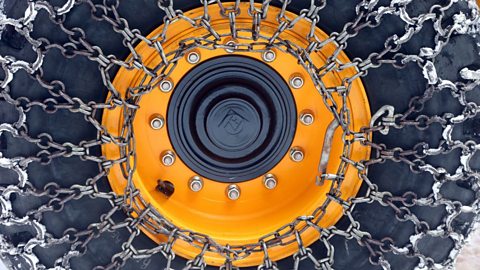
One main source of havoc in snowy weather is accidents on the roads. This is why in Germany (and some other countries) it is actually compulsory to use winter tyres in the snow, or snow chains where tyres aren’t available.
You could even be fined and have your insurance affected if you don’t comply with these regulations, so it’s worth bearing in mind if you ever visit in the winter months.
Iceland
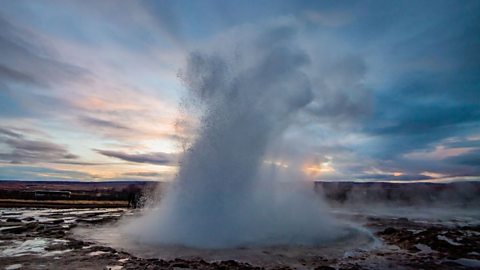
Iceland has a novel and environmentally friendly solution to the almost constant snow they get at certain times of the year, and that’s using water from their geothermal springs to heat the pavements.
Granted, the UK doesn’t have volcanoes with hot springs to use as heaters, but maybe there’s something in the idea?
USA
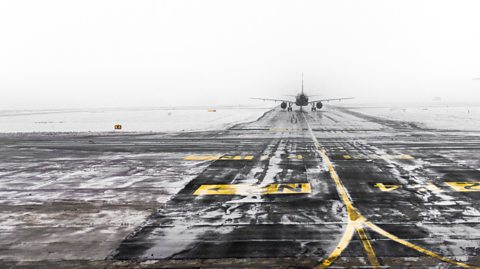
No one likes to have their holiday delayed, and at this time of year when it’s not drones that are causing mayhem for aeroplane pilots, it’s snow.
To avoid grounding planes some US airports such as in Des Moines, Iowa, heat the tarmac to prevent snow from sticking. Authorities at Heathrow airport in London have spent ÂŁ36 million since 2010 on snow-clearing kit to prevent massive financial losses that snow can bring, and they have even employed weather experts from the Met Office. Perhaps other UK airports could follow suit in future.
This article was published in January 2019
Energy demands
Geothermal heat can be used not only to melt snow off pavements, but to make electricity too. Find out how here.

What is friction?
Snow tyres and chains create more friction, making it safer for cars to drive in the snow. But what actually is friction?
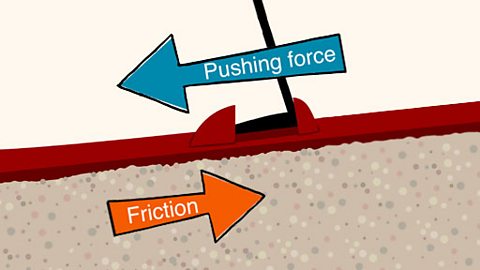
±«Óătv Weather
Head to ±«Óătv Weather to find out if or when snow will be coming to where you live.
